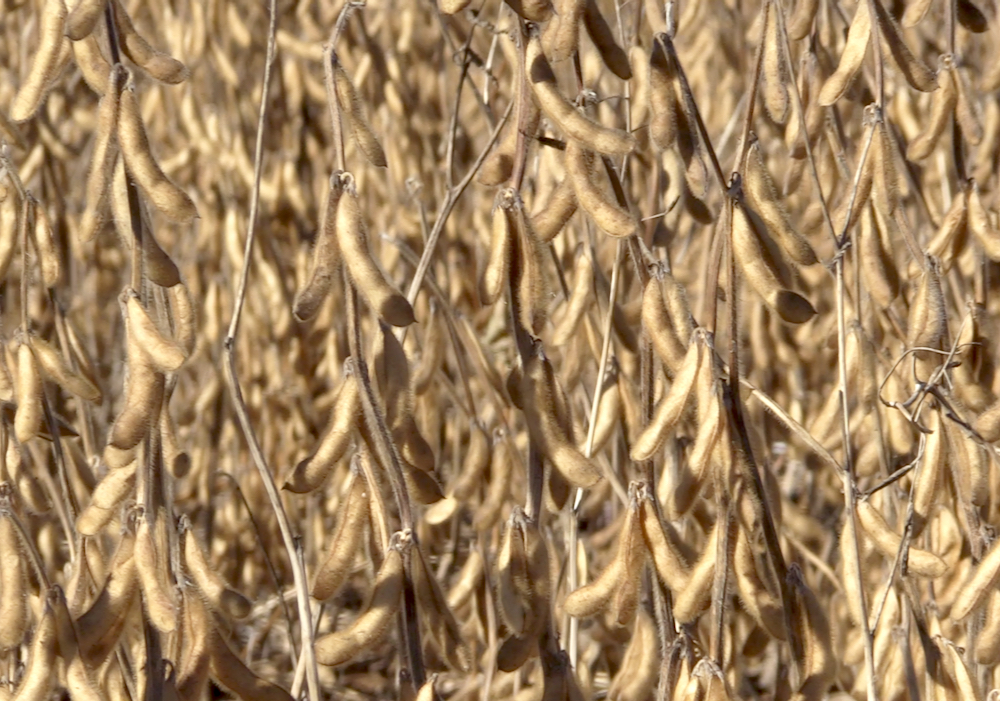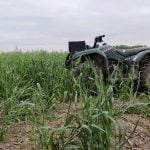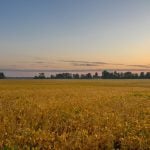Grasshopper forecasts from the three Prairie provinces over the past month show a relatively low risk of grasshoppers across most crop areas for the upcoming season.
The grasshopper maps from the three provincial agriculture ministries are based on counts of adult grasshoppers in the summer of 2012, weather data and recent population trends. The surveys provide an indication of how many adults were capable of laying eggs, with the goal of estimating the potential problems for the next year.
In Alberta, surveys show a low risk throughout the southern part of the province. The risk in the north-central and Peace regions of Alberta has generally declined on the year, but there are still a few high-risk areas scattered throughout the province.
Read Also

CBOT Weekly: Grain, oilseed futures under pressure
November soybeans lost 23 U.S. cents per bushel during the week, while corn and wheat losses ranged from five to 10 cents.
Weather conditions in the spring and early summer, when the grasshoppers are hatching and developing, will determine whether or not problems actually materialize during the growing season, according to the Alberta agriculture department’s report.
For Saskatchewan, the annual forecast map from the agriculture ministry shows a low risk of pest grasshoppers for most areas in 2013.
Wet and cool weather conditions in the spring of 2012 were not favourable for grasshopper populations, although warmer and drier conditions through the summer months did aid those insects that hatched and survived, according to the report.
While the risk is low across the province overall, some parts of west-central and southwestern Saskatchewan were said to be at a higher risk.
Most of Manitoba also had very light grasshopper populations when the surveys were taken in 2012, with a low risk of pest problems being forecast for 2013, according to a report from Manitoba Agriculture, Food and Rural Initiatives.
However, as in the other provinces, if weather favours survival and development, localized problem areas could still develop during the upcoming growing season.
Farmers across the Prairies were encouraged to monitor their fields and roadsides early in the season for any signs of grasshopper activity. Lentil and flaxseed crops in particular were said to be especially vulnerable to grasshopper feeding.
– Phil Franz-Warkentin writes for Commodity News Service Canada, a Winnipeg company specializing in grain and commodity market reporting.
















